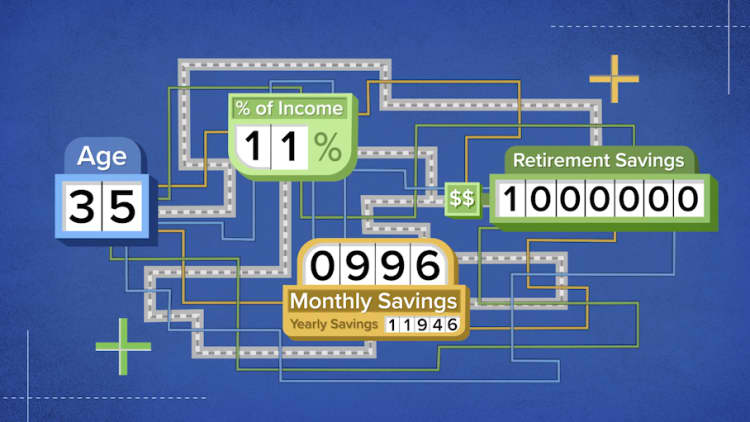PHOENIX — If you're saving for retirement with a 401(k) or individual retirement account, it's easy to lose money to taxes and penalties when moving money between accounts.
A lot of investors make costly rollover mistakes without consulting a professional for guidance, according to Denise Appleby, CEO of Appleby Retirement Consulting.
"We need to band together and help to protect those assets," she said, speaking at the Financial Planning Association's annual conference on Thursday.
More from Personal Finance:
'Retirement spending is not pass-fail,' advisor says. Here's how to strategize
Here's what a government shutdown would mean for your wallet
60% of Americans are still living paycheck to paycheck
A rollover happens when you pull money out of one plan and deposit it into another, which is different from a transfer that moves accounts between institutions.
Here are three of the most common rollover mistakes to avoid, Appleby warned.
1. Bypassing the once-per-year IRA rollover rule
"The biggest one is breaking the one-per-year IRA to IRA rollover rule," Appleby told CNBC. "And that happens because people are impatient."
Generally, you can't make more than one IRA to IRA rollover within a 12-month period, she explained. Otherwise, you must include the rollover in gross income, and it may be subject to a 10% early withdrawal penalty before age 59½.
Plus, the IRS treats the additional rollover as an excess contribution, which triggers a 6% levy per year for every year the money stays in the new IRA.
2. Missing the 60-day rollover deadline
Another common mistake is missing the 60-day retirement plan rollover deadline, Appleby said.
You have 60 days to complete a retirement plan or IRA rollover and the clock starts ticking when you receive the proceeds, she explained.
"People have good intentions and then life happens," she said. Generally, missing the 60-day deadline means treating the money as a taxable distribution — unless you qualify for an IRS waiver.
3. Losing eligibility for the 10% penalty exception
Most retirement plan distributions are taxable and trigger a 10% early withdrawal penalty unless you qualify for one of the exceptions.
However, these exceptions are account-specific and may not apply after transferring money from a 401(k) to IRA, or vice versa. "That happens quite a lot," Appleby said.
For example, there's a 10% penalty exception of up to $10,000 for first-time homebuyers for IRAs, but not 401(k) plans. And there's no exception for leaving your job at age 55 or older, known as "separation from service," when pulling the money from an IRA. That's typically in play for employer plans such as 401(k)s.
That's why you need to check the list before rolling over funds to see if you lose eligibility for certain exceptions, she said.



